A Week in Mexico with Clubes de Ciencia
August 20, 2017
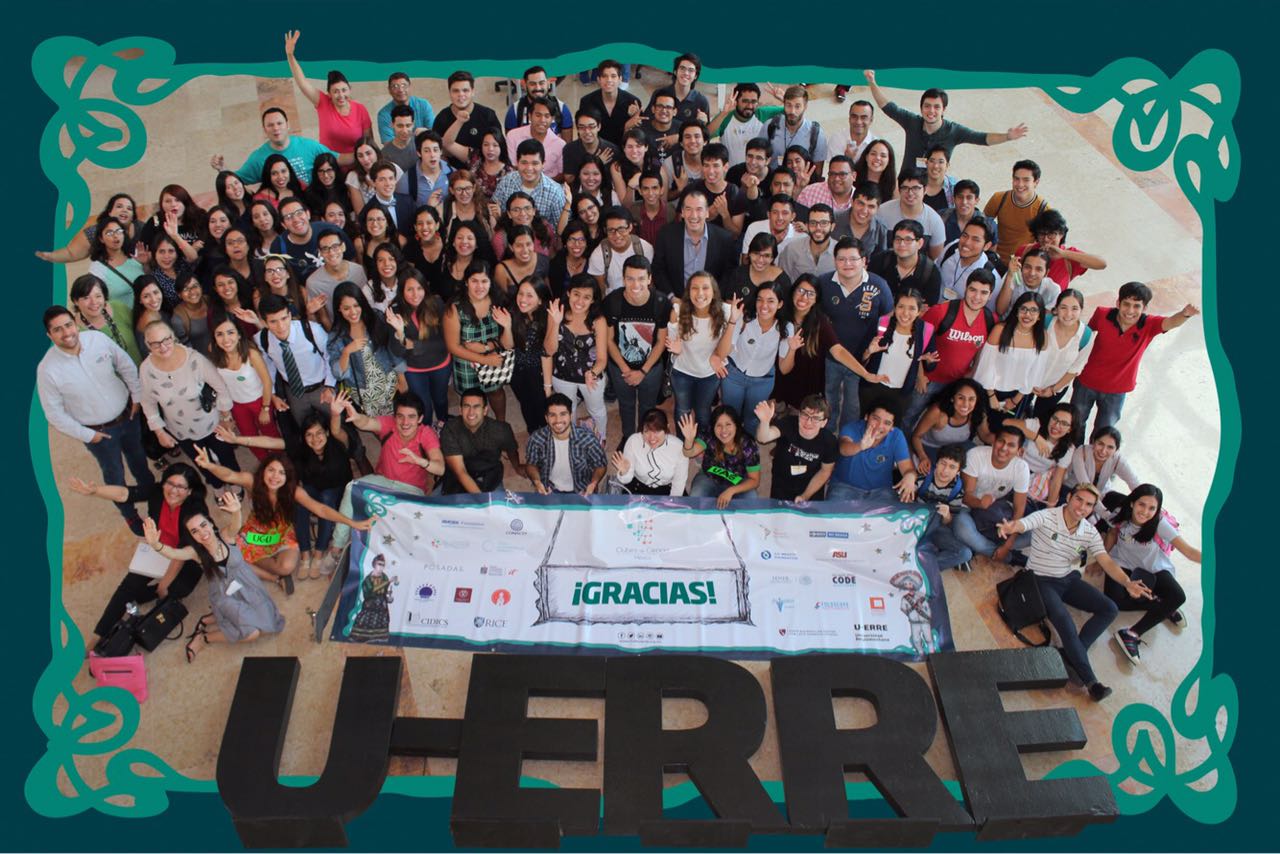
Group picture of Clubes de Ciencia, Monterrey.
Several months ago, I heard of this program called Clubes de Ciencia, which is an organization that promotes hands-on science education in Mexico. Their main program to do so is by running ’Clubes’ across Mexico, in which local and foreign-based teachers (mostly PhD students and Post-Docs) run intensive, experiment driven, week long classes. The goal is to provide more access to science and research focused education, as well as a networking opportunity for young, local students (mostly undergrads, with some high schoolers) interested in pursuing post-graduate degrees in various areas of science. I applied, by proposing a broad Cognitive Science focused class, and was accepted to teach the course in Monterrey.
Fast forward to a couple weeks ago, heading to the airport, and I was pretty anxious about the program. I didn’t feel like I’d prepared the class enough, nor found time to learn more Spanish. This was all exacerbated by a fairly last minute scheduling change which meant I would be teaching my class alone, instead of with a local, bilingual co-instructor, requiring some last minute updates to the schedule, material, and experiments, and increased worry about teaching a course in English to native Spanish speaking students. A further bad omen, the night before I left, I also realized that my student visa (as an international student living in the US), didn’t have an up to date signature, meaning that though it was perfectly valid, leaving the country could mean a potentially annoying process at border control to get back in again. It was too late to do anything about it, so I got on a plane and flew to a new country, alone, to meet up with a new group of people I had never met before to try and make it all work.
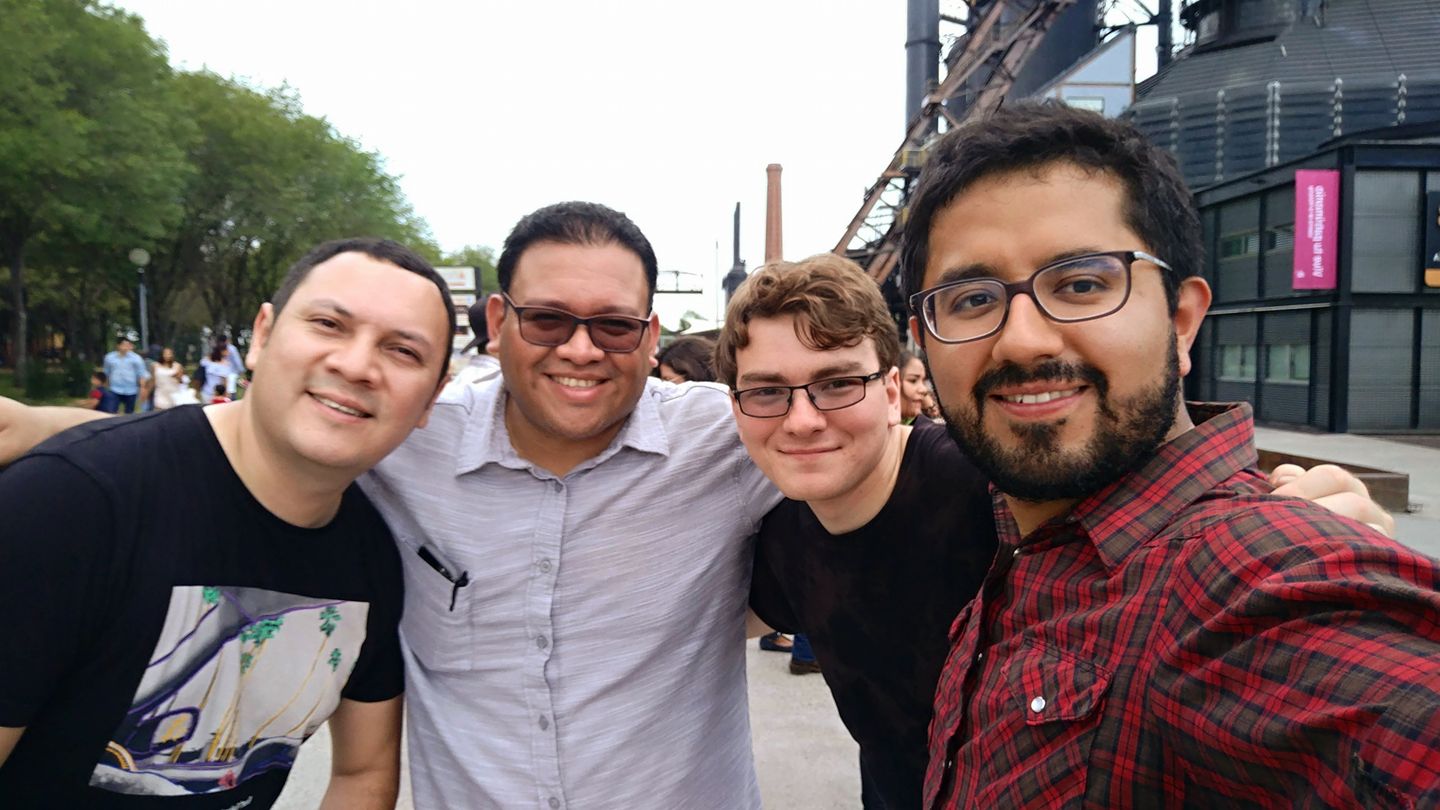
Exploring Monterrey on the first afternoon with fellow instructors.
Arriving late in Monterrey, I got to the hotel, slept, and woke up the next morning to go and meet a group of friendly strangers, and head over to the university for orientation. As soon as I started meeting the others in the program, what felt like some bad luck leading up to the start date evaporated, and everything fell into place. Everyone was kind, friendly, and clearly very good at what they do. That morning, I also met my students - bright young minds, impressively capable of discussing science in their second language. I was impressed - bilingual myself, I still find scientific / technical discussions difficult in my second language (French).
After lunch, we spent an afternoon wandering around the city. Historically an industrial city, we explored the Fundidora Park, a large park with a canal through the center of the city, which includes a rather amazing museum made out of the old steel foundry itself. This first afternoon foreshadowed many great evenings to come spent exploring Monterrey and it’s great food, drinks and locations. After exploring, I spent a few hours finishing prep for my class content and sanity checking my experiments to get ready for what looked to be a busy, but fun, week. Having jumped in, I knew (or at least hoped) I could deliver at least a pretty good class.
In terms of my class, it was focused on a hands-on exploring of the more technical parts of Cognitive Science: neuroscience, artificial intelligence (AI) and robotics. We focused, broadly, on an overarching research question - how, in principle, could we build a brain-computer interface that could control a robotic device. To do so, we explored various approaches in AI, got hands on with programming, built chat-bots, programmed small robots, invasively recorded neurons directly from an insect model, created cyborg cockroaches with a stimulating neural interface (so that we could then ‘drive’ them around), explored various types of robots, recorded multiple biosignals from humans (each other), including recording electrical brain activity with electroencephalography (EEG), and figured out how we could build a robotic control system from such signals. In the end it went really well, better than I initially imagined, due to a combination of engaged students who really got involved with all the ideas, and a bit of luck with all of our experiments going really well, and the week absolutely flew by.
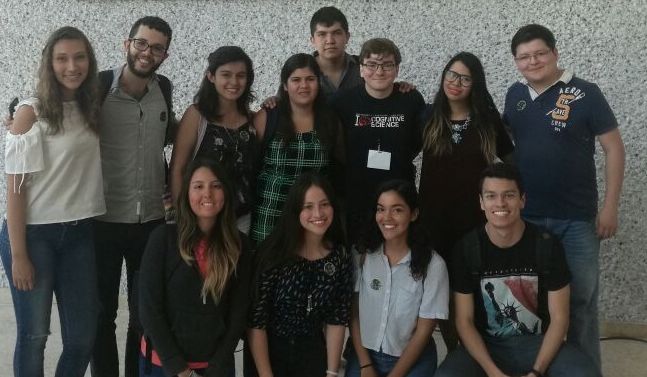
Bots on the Brain - Class Photo!
My class was one of eight classes running that week with CdeCMx, covering many different areas of science. The classes were taught by a mixture of local and US-based instructors, many of whom were originally from Mexico, and a few, like me, from various other parts of the world. Each class took a deep dive into a different area of science - extracting DNA, measuring fluorescent proteins, working with animal models (worms - C. Elegans) for metabolism, growing and examining phytoplankton, designing behavioural interventions, and using lasers to measure the properties of light, amongst other topics and experiments. About 100 students from all over Mexico threw themselves into learning, discussing, and doing science with us all.
At the end of there was a final presentation, in which the students from each class presented about their class. The students from each class had taken charge of creating these presentations themselves - making videos, developing skits, explaining complex topics, and excitedly sharing their new insights from all the experiments and topics they had explored that week. It was awesome - seeing not only their insight into the material, but their creativity, as they made music videos, designed presentations, and created skits to share their class topics with the rest of the program.
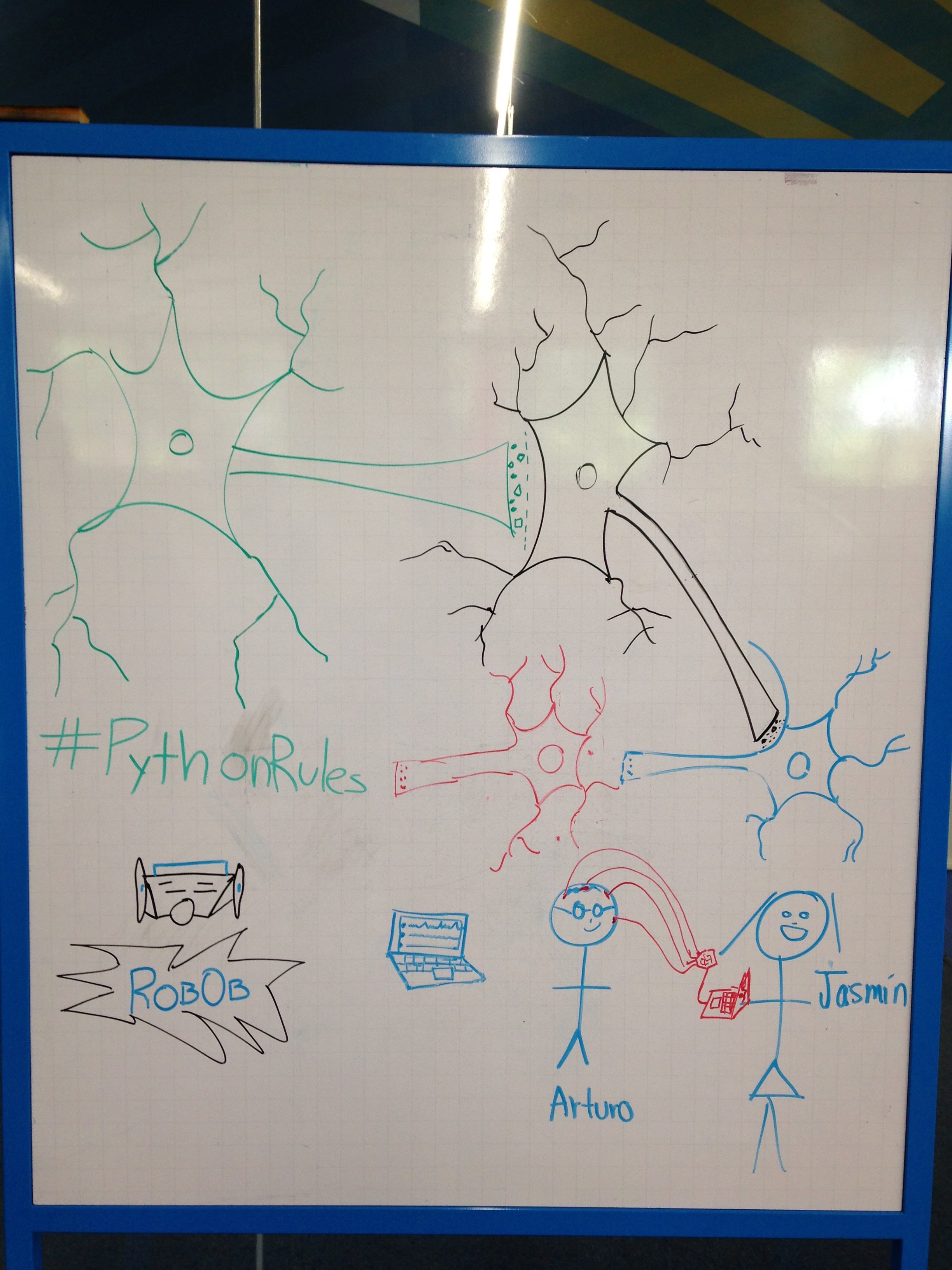
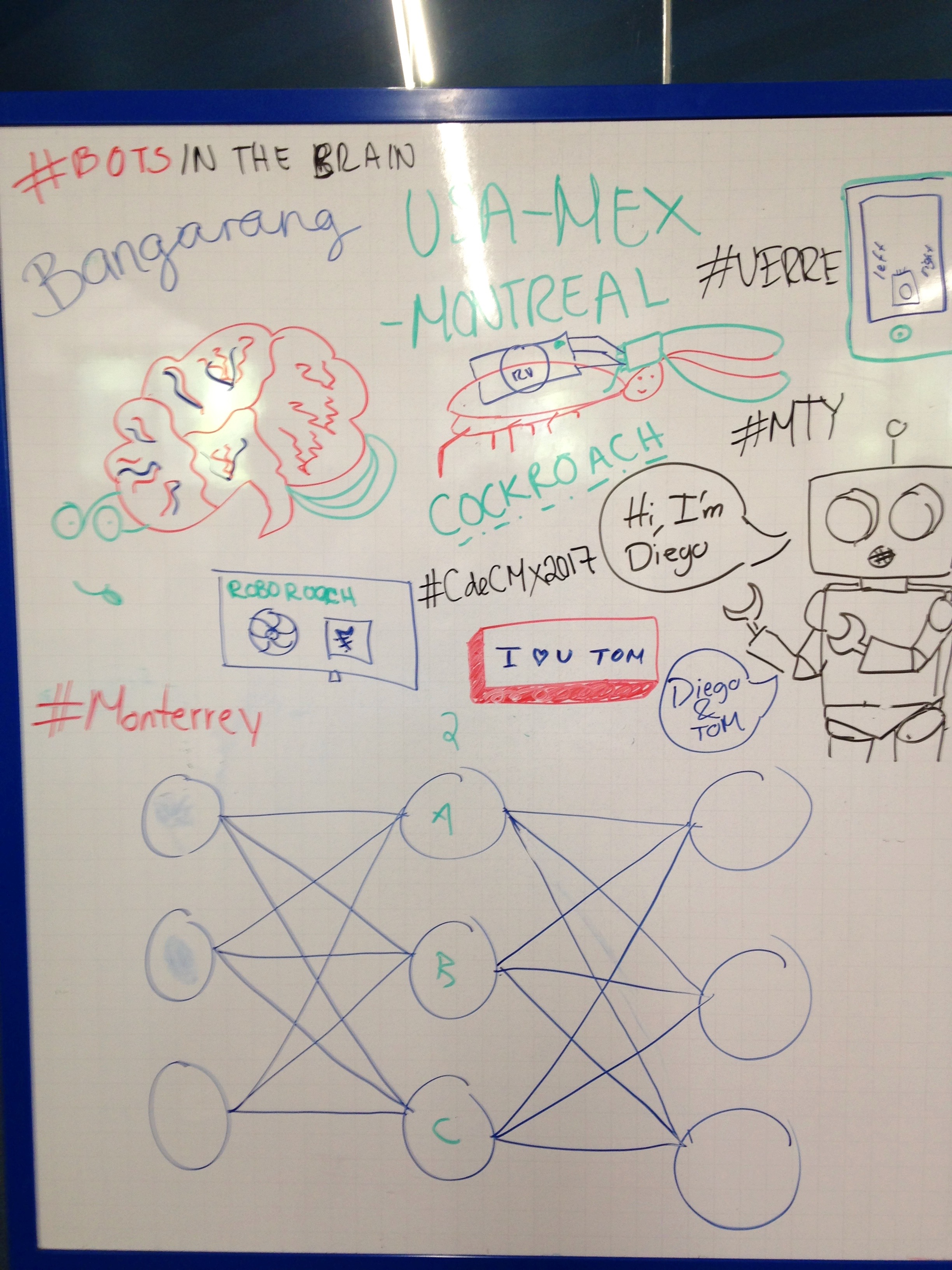
On the last day, my students drew a summary of our class topics.
My class did a run through of neural signaling, how it relates to different forms of AI, and showed videos they had put together from our experiments. With teaching, it’s not always easy to tell if and how well things are getting through - watching them pull it all together and present it back to me, and the rest of the program, and demonstrate their newfound understanding was awesome. They wrapped it all up with a shout out (in English, for my benefit) to what they’d learnt about the power and utility of interdisciplinary studies - of the importance of working together, across different fields of study, to address complex, important questions - and in that moment I couldn’t have been happier with how everything had turned out.
After the graduation, the whole program hung out, took pictures, and then we all danced along to Despacito blaring out across the lobby. This perhaps sounds like a joke - but I promise you it is true. ‘Despacito’ became something of a theme tune to the the program, at least for us instructors, and we spent our lunch times and evenings hanging out, chatting, getting to know each other, and also singing and dancing along to Despacito and various other Spanish language songs. Every time I hear it now, it just makes me smile.
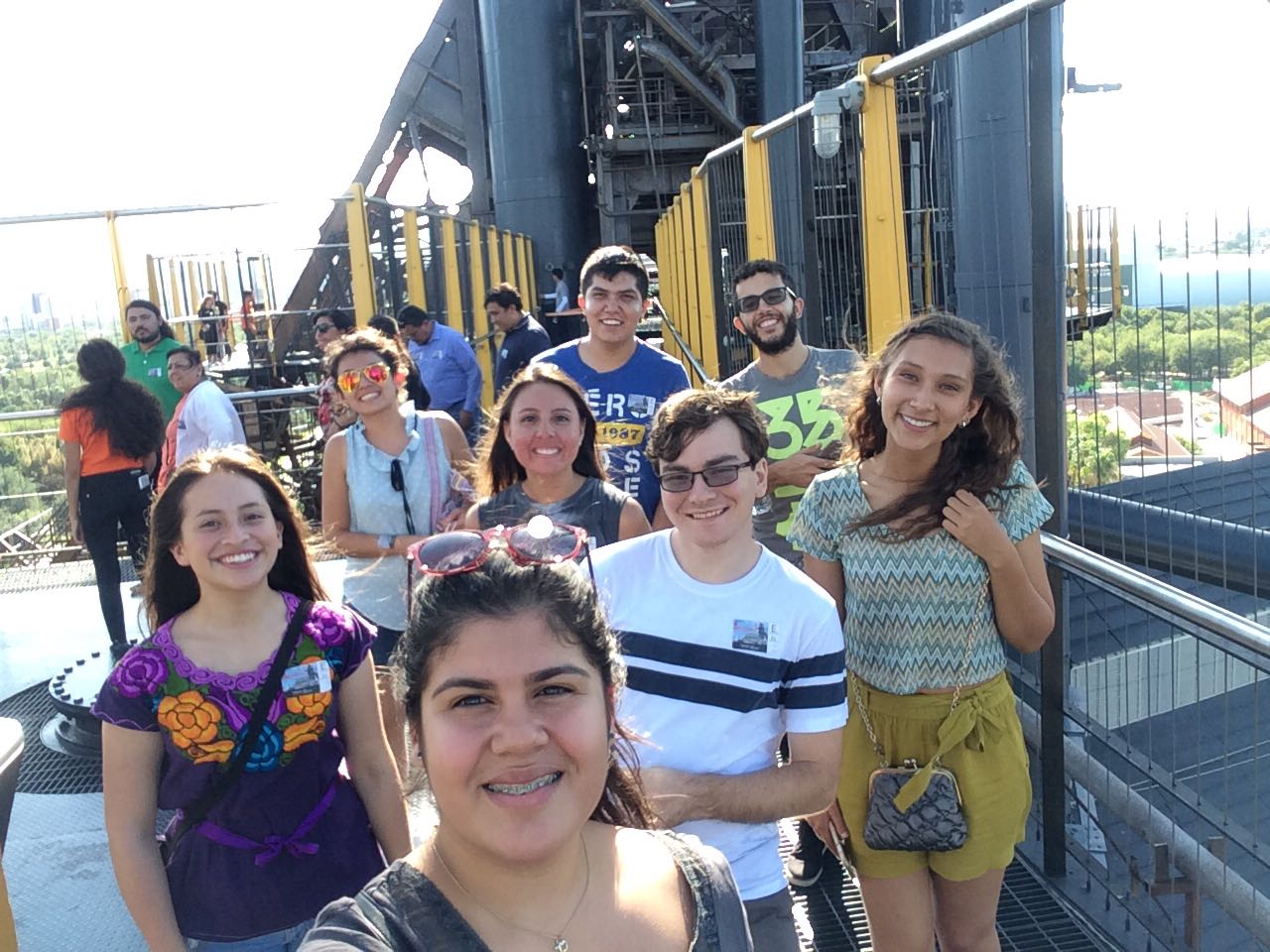
Exploring Monterrey with some of my students.
Looking back, CdeCMx was really an example of the absolute bests parts of science - people from all over the world, working across different languages, backgrounds, and cultures, coming together to share ideas and work on interesting and important questions. I’m extremely glad I was able to participate in this program, and got to spend time with lots of wonderful people - scientists working all over the world, educators and staff working to expand access to quality education, and some of the smartest young people I’ve ever met. Grad school is always busy, often difficult, and sometimes lonely, and to have the opportunity to nerd out and share these ideas with like minded people was really refreshing - a nice reminder of how cool this work is, how lucky I am to be able to call it my job, and fresh motivation to keep working at it, and sharing it with others.
To the students in my class - thank you for a wonderful week. I had a great time, and was very impressed by your ideas, questions, comments, and work with our experiments. To all the students across the program, I really enjoyed talking to so many interesting people, and I hope you know all of us instructors spent a considerable amount of time bragging about you all to each other. A huge thanks to U-ERRE for hosting us, and to all the organizers and staff who kept everything running smoothly, especially to Ada, for all her work ‘herding cats’ and keeping us in the right place at the right time, and for showing us the city. To all the other instructors and staff, I had an amazing time hanging out and exploring with you all, and look forward to whenever and wherever we meet again.
Thank you to Clubes de Ciencia for such a wonderful experience. To anyone interested in teaching and sharing science, traveling, and meeting new people, I highly recommend this program!
#SoyClubero #ClubesCiencia #CdeCMx #TeamMonterrey #BotsOnTheBrain
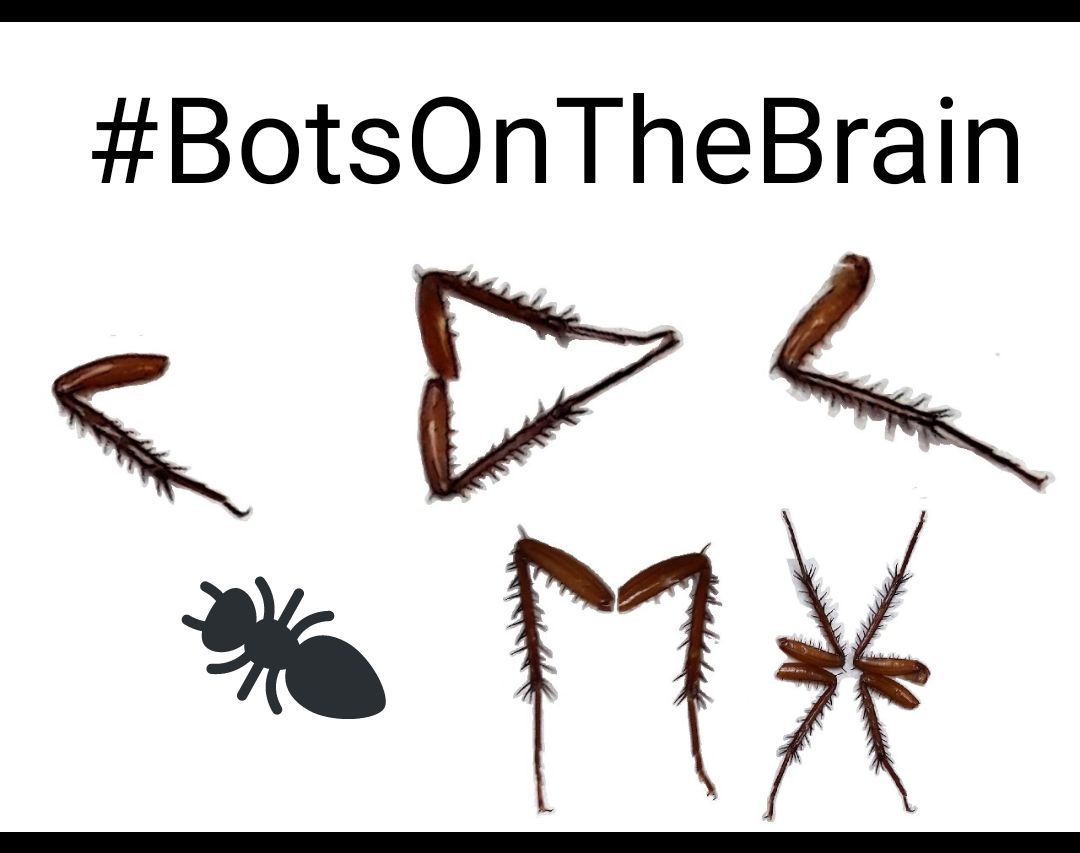
CdeCMx Logo made out of cockroach legs that we used to record neural activity. Photo credit: Fernando Tamayo.
Links etc:
- The program I was working with is Clubes de Ciencia, Mexico.
- These are the Clubes that ran in Monterrey this year. They were all amazing.
- A video of our cyborg robo-roach.
- I did a short interview with the University radio station, that is broadcast across the state of Nuevo Leon. Linked is the video stream of that interview - I arrive at ~17:15, and the proper interview starts at ~19:30.
PS: USA let me back in (they didn’t even check my missing physical signature), although by that point I would have been perfectly happy to stay in Mexico.
comments powered by Disqus